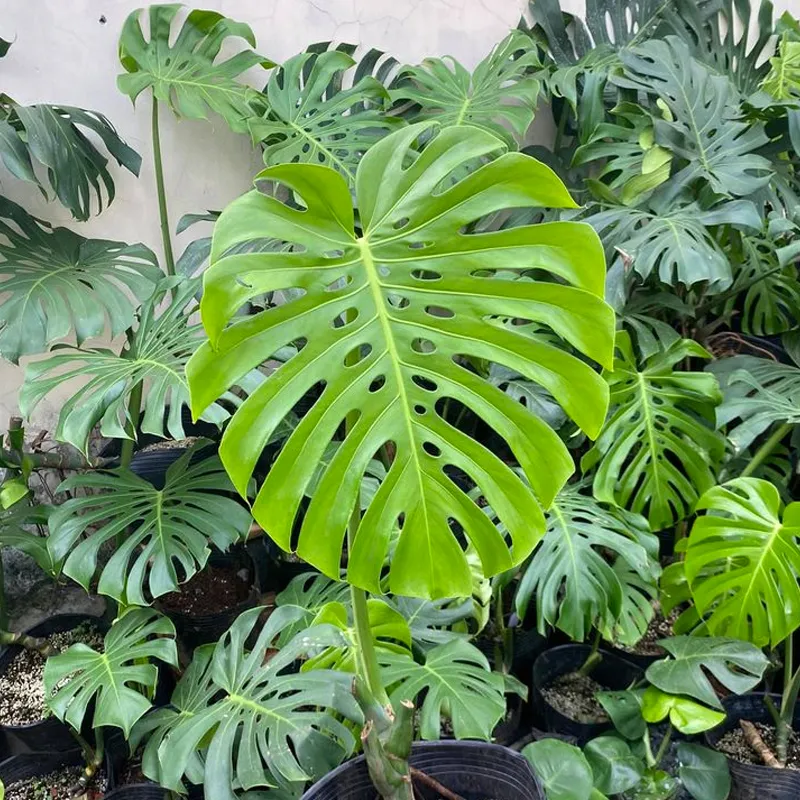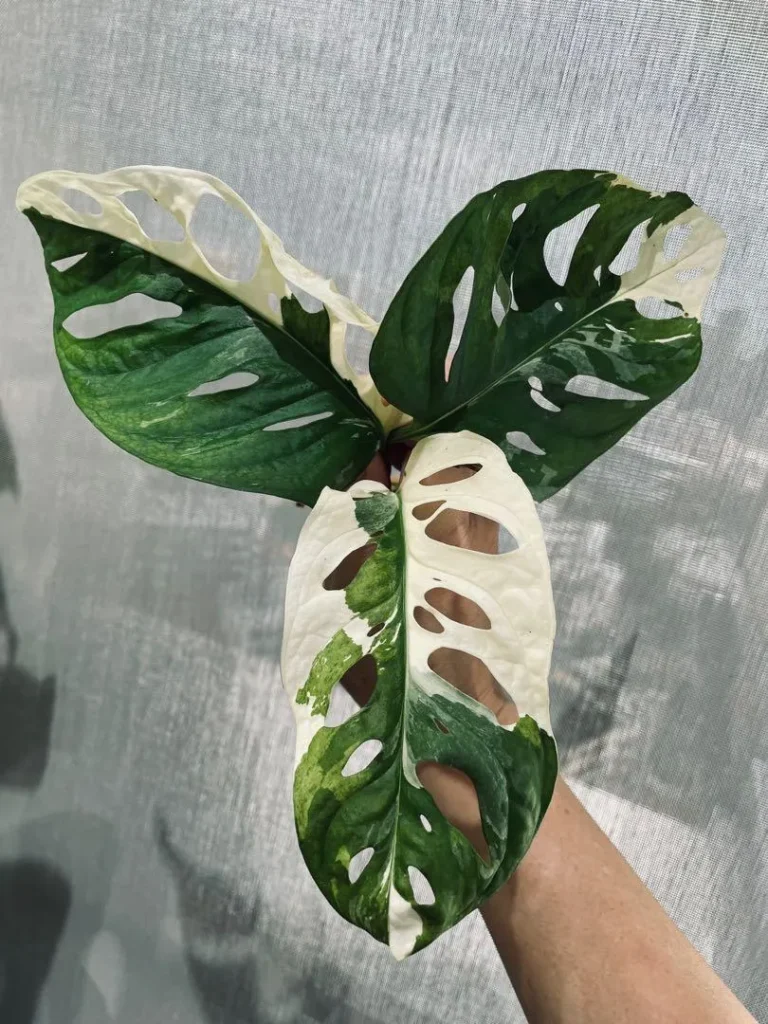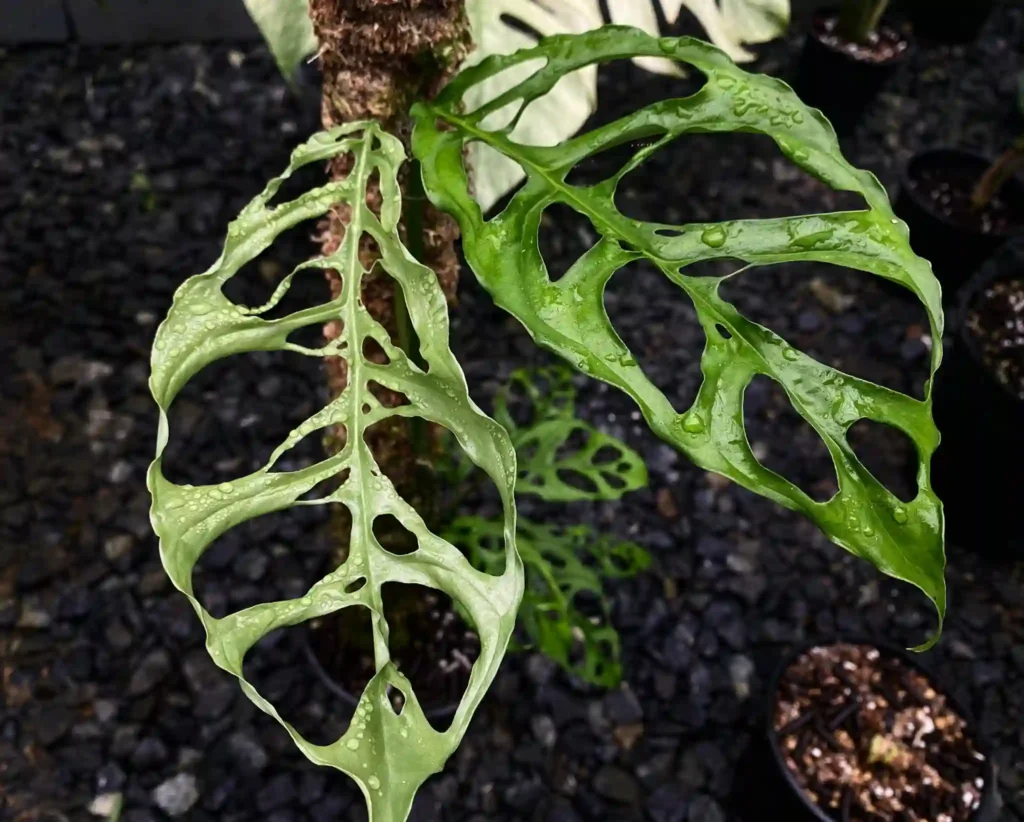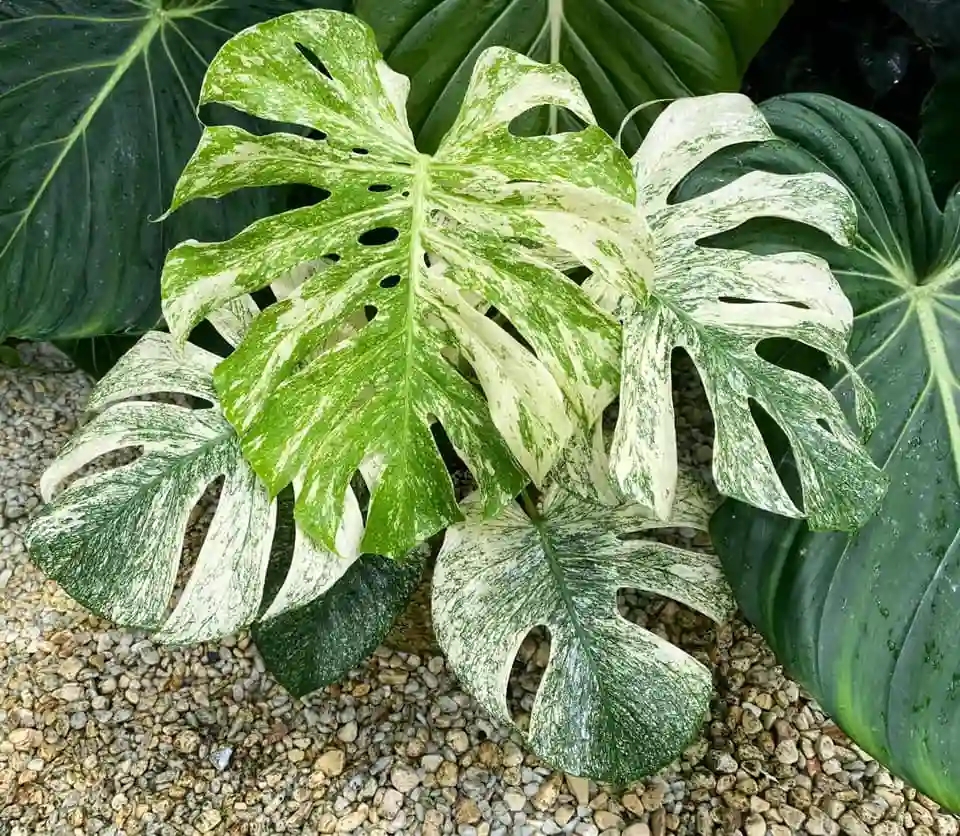Hoya Skinneriana FAQs: A Beginner’s Guide by Ferb Vu
Hey there, fellow plant enthusiasts! Today, I’m diving deep into the fascinating world of Hoya Skinneriana, a stunning vine known for its captivating speckled leaves and fragrant blooms. Whether you’re a seasoned houseplant hobbyist or a curious newcomer, this guide will equip you with everything you need to know about caring for this tropical beauty.
What is Hoya Skinneriana?
Hoya Skinneriana, also sometimes nicknamed “Dee’s Big One,” is a dazzling climbing plant native to the Philippines. It boasts lush, elliptical leaves adorned with mesmerizing silver speckles that dance across its surface. But the true showstopper is the incredible blooms. Hoya Skinneriana produces clusters of star-shaped flowers, typically white or pale yellow, with a captivating red corona (the central part of the flower) that adds a pop of color. Not only are these flowers visually stunning, but they also emit a sweet, honey-like fragrance that will fill your home with an intoxicating aroma.
How to Care for Hoya Skinneriana?
Here’s the good news: Hoya Skinneriana is known for being relatively low-maintenance, making it a perfect choice for beginner plant parents like myself. Here are some key tips to keep your Hoya thriving:
- Light: Hoya Skinneriana prefers bright, indirect light. Avoid harsh midday sun, which can scorch the leaves. A spot near an east-facing window is ideal.
- Watering: Don’t drown your Hoya! These plants prefer to dry out completely between waterings. Stick your finger into the soil to check for moisture. If the top inch feels dry, it’s time to water. When you do, soak the soil thoroughly until water drains from the pot’s drainage holes.
- Soil: Hoya Skinneriana thrives in a well-draining potting mix. A mixture of potting soil, perlite, and orchid bark will provide the aeration and drainage these plants crave.
- Temperature: These tropical natives enjoy warm temperatures between 60 and 85 degrees Fahrenheit. Avoid letting them experience cold drafts or drastic temperature fluctuations.
- Humidity: While Hoya Skinneriana can tolerate average household humidity levels, they will truly flourish with a humidity boost. Consider using a pebble tray or humidifier to create a more tropical environment.
- Fertilizing: During the growing season (spring and summer), you can give your Hoya Skinneriana a light feeding once a month with a balanced fertilizer diluted to half strength. Avoid fertilizing in winter when the plant is dormant.
How fast does Hoya Skinneriana grow?
Hoya Skinneriana is a moderate grower. It won’t take over your living room overnight, but with proper care, it can develop into a lush, cascading vine over time.
Is Hoya Skinneriana toxic to pets?
Yes, unfortunately, Hoya Skinneriana is toxic to both cats and dogs. If you have furry friends in your household, it’s best to keep this plant out of reach.
Why is my Hoya Skinneriana not flowering?
There are a few reasons why your Hoya Skinneriana might not be blooming. The most common culprits are insufficient light, underwatering, or the plant being too young (it can take a few years for mature blooms to appear).
Hoya Skinneriana vs. Hoya Carnosa (Wax Flower):
Both Hoya Skinneriana and Hoya Carnosa are beautiful Hoyas with interesting foliage and fragrant flowers. Here’s a quick breakdown of the key differences:
- Leaves: Hoya Skinneriana has elliptical leaves with distinctive silver speckles, while Hoya Carnosa typically has plain green leaves.
- Flowers: Hoya Skinneriana produces white or pale yellow flowers with a red corona, whereas Hoya Carnosa blooms come in various shades of pink and red, and lack the corona.
Hoya Skinneriana vs. Epipremnum Aureum (Pothos):
While both these plants are popular vining choices, they belong to different families and have distinct characteristics:
- Family: Hoya Skinneriana is part of the Apocynaceae (Dogbane) family, while Epipremnum Aureum belongs to the Araceae (Aroid) family.
- Leaves: Hoya Skinneriana features speckled leaves, while Epipremnum Aureum comes in various variegated patterns, including green and gold, white, or a combination.
- Flowers: Hoya Skinneriana is a flowering plant, while Epipremnum Aureum rarely blooms indoors.
Additional Tips for Happy Hoya Skinneriana
- Support: As a climbing vine, Hoya Skinneriana appreciates some support to grow on. A moss pole, trellis, or hanging basket are all excellent options. Gently train the stems to climb the structure as the plant grows.
- Pruning: Regular pruning can encourage bushier growth and even stimulate flowering. Pinch off leggy stems or trim back overgrown areas whenever needed. Just remember to use sterilized pruning shears to avoid spreading diseases.
- Repotting: Repot your Hoya Skinneriana every 2-3 years or when the roots outgrow the current pot. Choose a pot that’s only slightly larger than the previous one to prevent overwatering.
- Pests and Diseases: Hoya Skinneriana is generally pest and disease resistant. However, keep an eye out for common houseplant pests like mealybugs and scale. If you spot any unwanted visitors, treat them promptly with insecticidal soap or neem oil.
Conclusion
Hoya Skinneriana is a captivating vining plant that offers a unique combination of stunning foliage, fragrant blooms, and a relatively low-maintenance nature. With a little TLC, this tropical beauty will reward you with years of enjoyment, filling your home with its charm and intoxicating aroma. So, if you’re looking for a conversation starter for your plant collection, look no further than the magnificent Hoya Skinneriana. Happy planting!




